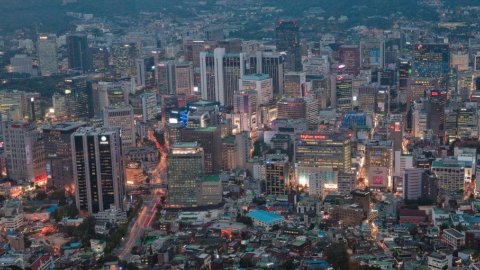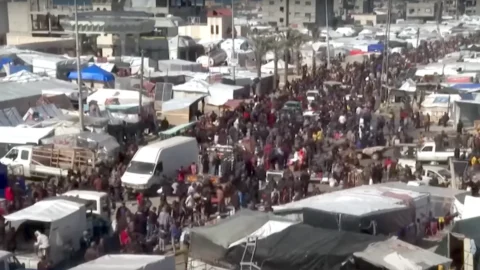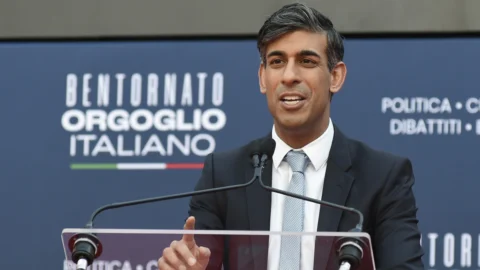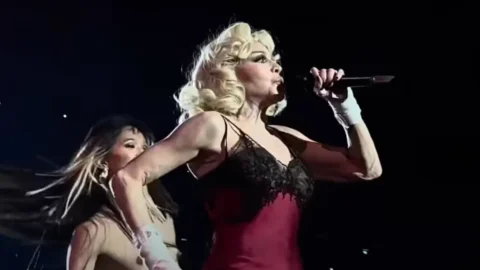That of low-cost products is one of the few sectors that enjoys good health even in times of crisis. There is always a queue in front of “low-cost” shops, even and above all, when consumers have to pull the purse strings. It's true in our latitudes and it's also true in South Korea, where the Japanese chain Daiso thrives by selling a little bit of everything, from household and personal products to stationery, from clothes to food and drinks. What this wide range of items has in common is that they all cost very little money (the average price of a Daiso item is 1200 won, just under one euro).
Daiso Korea achieved sales worth one trillion won this year, the best result since the opening of the first store in Seoul's Cheonho-dong district in 1997. This means that in one year, Daiso stores sold nearly two and a half million products every day at an average price of 1200 won. The "low-price" trend is also evident in brands specializing in clothing, where Uniqlo, also Japanese, whose items cost an average of 20 euros, saw its sales increase by 30% in the period between September 2013 and August 2014. Uniqlo stores in Korea have multiplied in the space of a few years, going from just 4 in 2005 to the current 138. Same music in the field of cosmetics. The Koreans The Face Shop and Innisfree are beating all competitors by offering cosmetics at bargain prices. The first, in particular, forecasts for 2015 a volume of sales worth 600 billion won (about 440 million euros).





